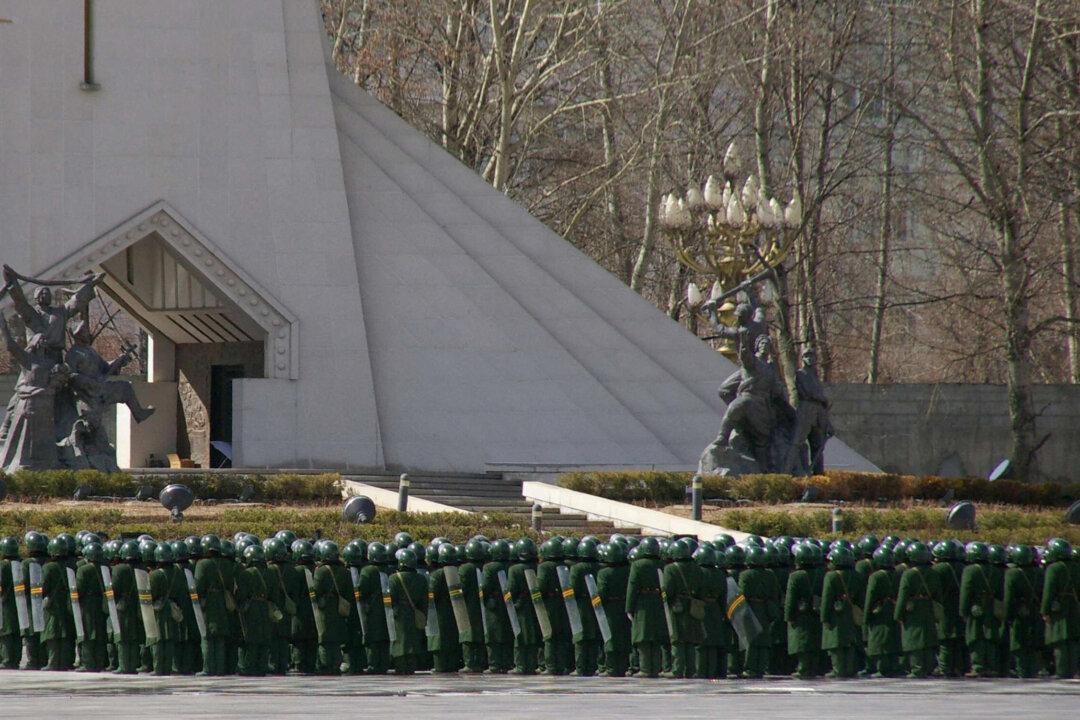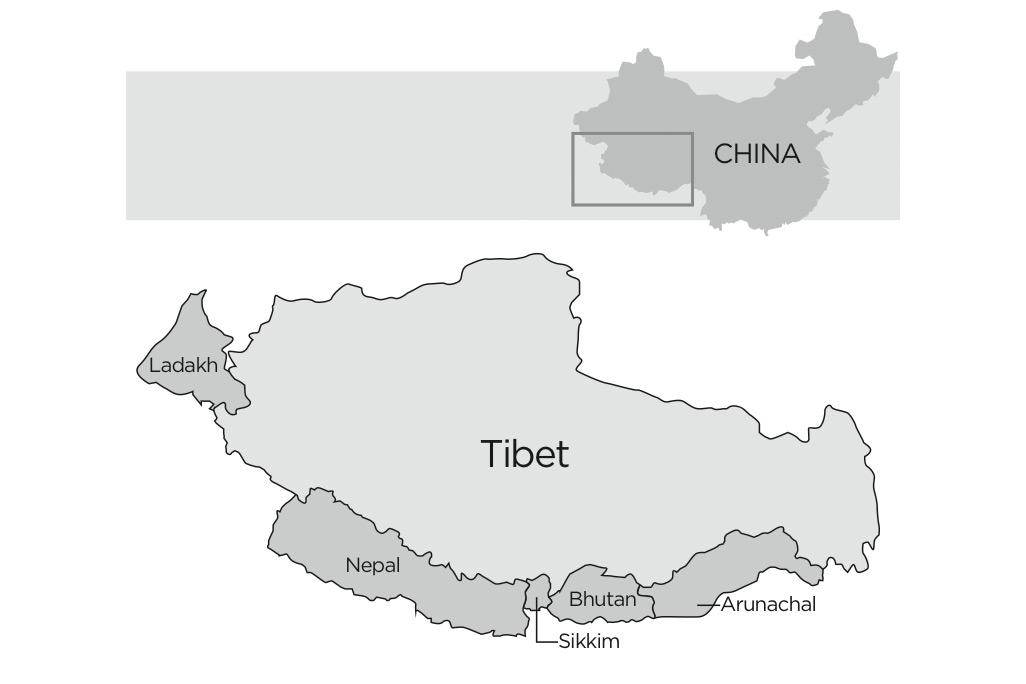From Delhi to Peking
I was 15 years old in January of 1973 when my father was appointed U.S. Ambassador to India. I had been a 10th grade student in the American International School for about 2 weeks when I was invited on a class trip to Manali, near the Tibet border.
As we drove through Himachal Pradesh, we passed thousands of Tibetans breaking rocks along the Kangra Highway. I asked, why are these people here? I was told China invaded their country, they are refugees in India.
When we reached Manali we walked to a mountain pass that once linked India and Tibet, sealed by barbed wire, guarded by Chinese soldiers, wearing green Mao caps with the Red Star, clutching rifles. Our Tibetan guide was frightened and told us we had to leave at once. I had never heard of this story, no one seemed to have heard of it. I wondered why.






